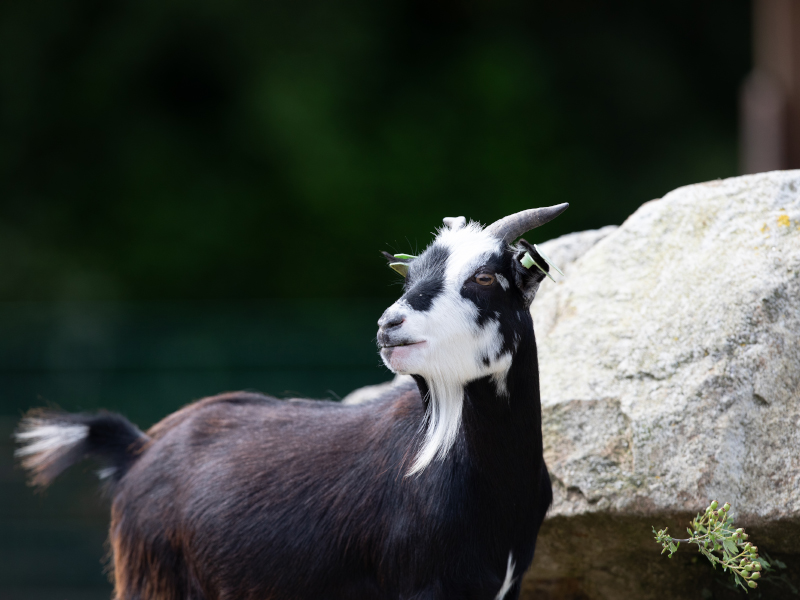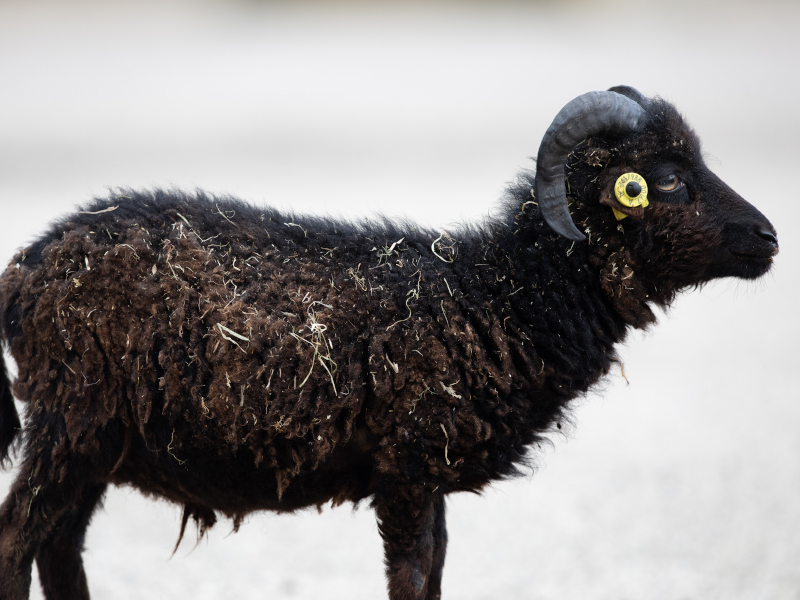Golden jackals are a slender, medium-sized canine with long legs, a long-pointed muzzle, and a relatively short bushy tail. Their coat is coarse and, as their name suggests, golden or yellowish in colour.
Golden jackals are social animals living in packs that consist of a breeding pair and they’re young that work together to hunt. They are very vocal, and will communicate through barks and growls. They are opportunistic omnivores that have adapted to living alongside human populations, taking advantage of the waste that is produced.
Golden jackals play a key role in the ecosystems, that they inhabit. As omnivores, that will sometimes eat carrion, they provide a wide range of beneficial services such as seed dispersal, pest control, and reduction of disease by eating carrion.

Popular Searches

Golden jackals
-
Introduction
-
Conservation
Golden jackals are of least concern.
They are adapting to human spread and, having an opportunistic lifestyle, they will forage at garbage dumps.
Prosecution of carnivores, such as the grey wolf, has led to the increase of golden jackal populations.
Emerald Park conservation contribution:
Wildlife Vets International
In the past, Emerald Park has donated to Wildlife Vets international (WVI) who aid conservationist and local vets, around the world, to save endangered species. WVI have been involved in developing ways to mitigate the risk of Canine Distemper Virus (CDV) to animals in the wild. -
Habitat
Golden jackals can be found across many ranges, from North and East Africa, Middle East and Arabian Peninsula to Southeast Europe and South Asia.
They inhabit a variety of habitats and are commonly found in dry open country, but also desert, grassland, forest, and semi-urban areas.
-
Fun Facts
Golden jackals are strictly monogamous. Pups are raised in an underground den or disused termite mound, where the mother will remain to nurse them. Other pack members will feed the nursing mother and pups.
As they are adapting to live alongside humans, the golden jackals diet now consists of 40% remains from livestock slaughter and other remains.


















